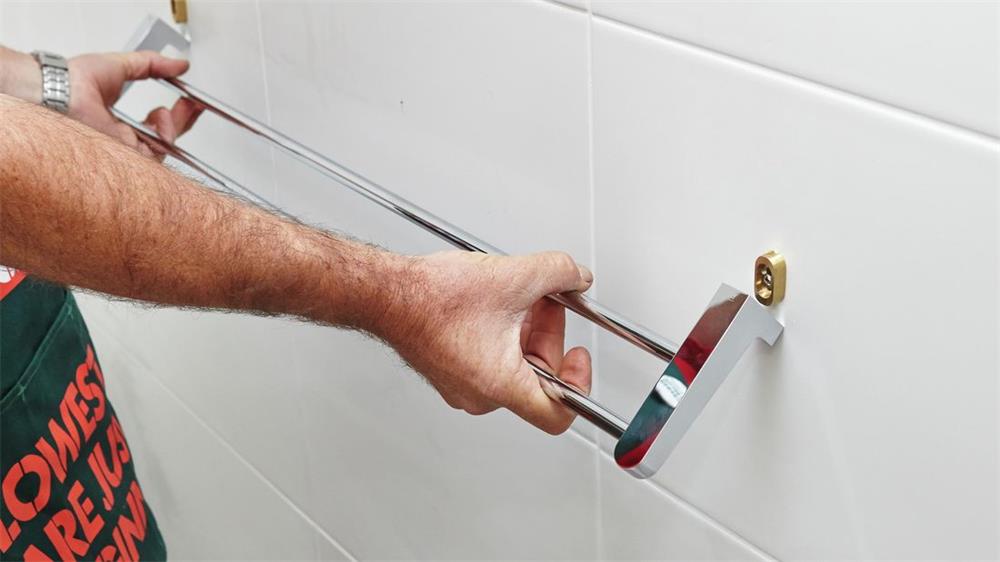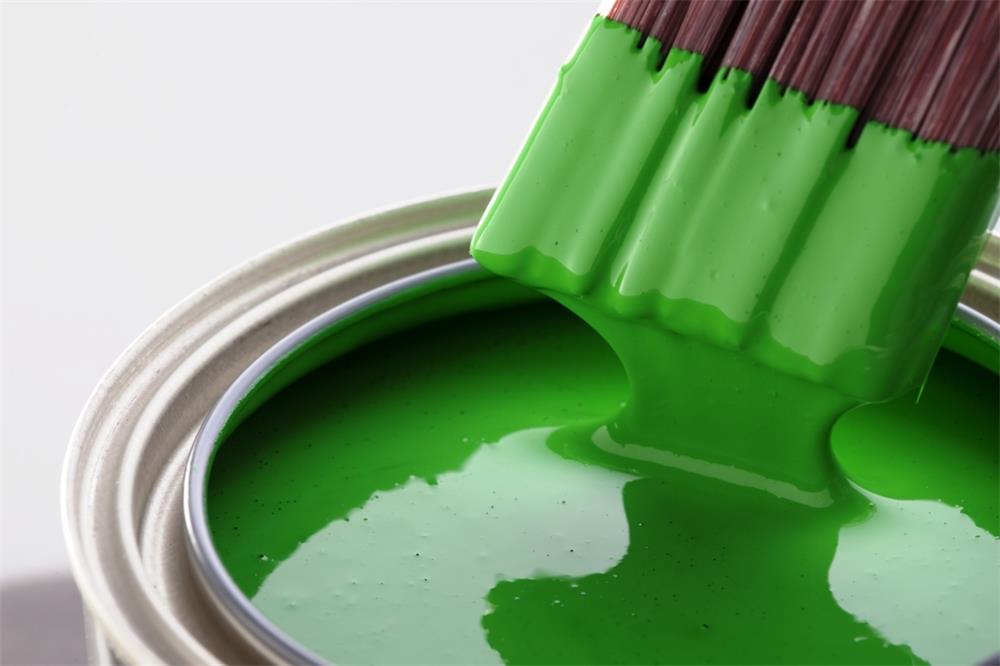Contents
A garbage disposal is a handy appliance that shreds food waste into small pieces and flushes them down the drain. But sometimes, it can malfunction and cause problems such as clogs, leaks, jams, or noises. In this guide, you’ll learn how to troubleshoot and fix some common garbage disposal issues.
How a Garbage Disposal Works
A garbage disposal is usually installed under the kitchen sink, connected to the drain pipe and the power source. It has a switch that turns it on and off, and a reset button that resets the circuit breaker if it trips.
When you turn on the switch, a spinning disc called an impeller plate rotates rapidly inside the disposal unit. The impeller plate has blades that chop up the food scraps into tiny bits. The water from the faucet helps flush the ground waste down the drain pipe.
Best Practices for Using a Garbage Disposal
To prevent garbage disposal problems and extend its lifespan, you should follow some best practices:
- Run the disposal regularly to prevent rust and corrosion.
- Use cold water to flush the food scraps. Hot water will cause any grease, oils, and fats to liquify and clog your drain.
- Keep the disposal clean by pouring some dish soap in and letting it run for a minute with cold water.
- Don’t overload the disposal; grind no more than about 1 cup of food debris at a time.
- Grind a cup of ice in the garbage disposal to sharpen the blades and keep the unit maintained.
Troubleshooting a Garbage Disposal
These are some common signs of a garbage disposal not working and what to do about them:
- The garbage disposal won’t turn on when you hit the switch.
- The garbage disposal switch is not working.
- The unit is humming but not operating.
- The garbage disposal won’t turn off.
- Puddles of water indicate a leaky garbage disposal.
- Drainage of the disposal is slow or it does not drain at all.
Gather Tools and Materials
You will need a few supplies before beginning your garbage disposal repair task:
- Screwdriver sets
- Hex key
- Garbage disposal wrench
- Flashlight
- Long nosed pliers
- Clamp
- Bucket
- Plunger
Check Electrical Connections
If the disposal won’t turn on when you hit the switch and you do not hear the humming sound of the motor, it indicates there is an electrical problem that is preventing the appliance from getting current. To identify the problem and fix it, begin with the most likely problem (and easiest solution) and proceed to the more complicated:
- Make sure the disposal is plugged in. This may seem obvious, but appliance customer service representatives report that failure to plug in the appliance is by far the most common source of problems.
- If it is plugged in, then press the reset button found on the bottom of the unit. This red button operates a built-in circuit breaker function, and if the reset button has “tripped,” it will be popped slightly outward. Simply pushing it back in will reset the unit.
- If depressing the disposal reset button doesn’t work, then check the main service panel to see if the circuit breaker has tripped. If it has, reset it by flipping it off and then on again.
- If none of these steps work, then there may be a problem with the switch or the wiring. You can test the switch by unplugging the disposal and using a voltage tester to check if there is power at the switch. If there is no power, then you may need to replace the switch or call an electrician to fix the wiring.
Unjam the Grinding Mechanism
If the disposal makes a humming noise when you turn it on, but it does not operate, it means that something is jamming the grinding mechanism. To unjam it, you need to rotate the blades to free whatever is blocking them. First, unplug it or turn off the circuit breaker, then look on the bottom of the disposal for the hex-shaped socket. New disposals will often include an Allen wrench with the disposal.
- Insert the hex key into the socket and turn it back and forth until you feel it move freely. This will loosen any stuck food particles or objects in the grinding chamber.
- Alternatively, you can use a garbage disposal wrench or a pair of long-nosed pliers to turn the impeller plate from above. Insert the tool into the drain opening and grip one of the blades. Then, rotate it back and forth until it moves freely.
- Once you have cleared the jam, plug in or turn on the power to the disposal and press the reset button. Then, run cold water and turn on the switch to see if it works.
Fix Leaky Seals
If you notice water leaking from under or around your disposal, it means that one of the seals is faulty or loose. There are four possible places where leaks can occur:
- The sink flange: This is where the disposal connects to the sink drain. It is sealed with plumber’s putty and secured with mounting bolts. To fix a leaky sink flange, you need to detach the disposal from the sink and reseal it with fresh plumber’s putty.
- The dishwasher hose: This is where the dishwasher drains into the disposal. It is attached with a hose clamp. To fix a leaky dishwasher hose, you need to tighten or replace the hose clamp.
- The drain pipe: This is where the disposal connects to the drain trap. It is secured with slip nuts and washers. To fix a leaky drain pipe, you need to tighten or replace
the slip nuts and washers. - The garbage disposal itself: This is where water leaks from inside or below
the unit. It indicates that there is a crack or hole in
the disposal body or motor. To fix a leaky garbage disposal itself, you need to replace
the entire unit.
Clear Clogged Drains
If your disposal drains slowly or not at all, it means that there is a clog in
the drain pipe. To clear clogged drains, you need to use a plunger or a snake.
- Fill up your sink with water until it covers
the drain opening. - Place a plunger over
the drain opening and pump it up and down vigorously several times. - If this does not work, then you may need to use a snake or auger to break up
the clog. Insert
the snake into
the drain pipe and twist it until you feel resistance. Then, pull out
the snake and remove any debris that comes out with it. - Once you have cleared
the clog, run hot water through
the disposal to flush out any remaining particles.
Conclusion
A garbage disposal is a useful appliance that can make your kitchen chores easier and more hygienic. However, like any other appliance, it can also malfunction and cause problems such as clogs, leaks, jams, or noises.
Fortunately, most garbage disposal problems have solutions











